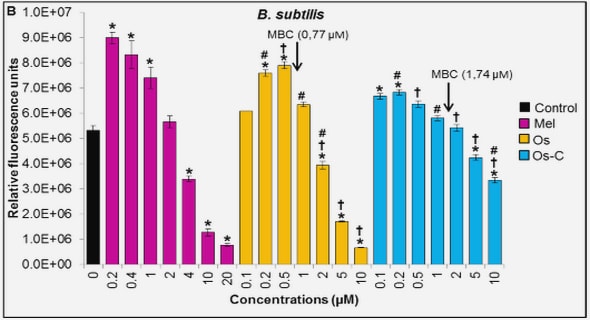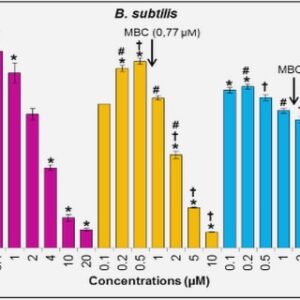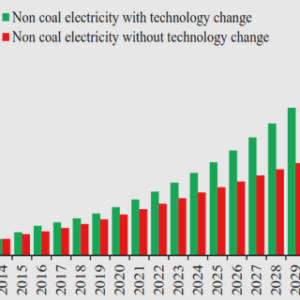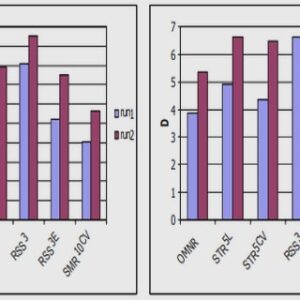(Downloads - 0)
For more info about our services contact : help@bestpfe.com
Table of contents
CHAPTER 1: LITERATURE REVIEW
1.1 Introduction
1.2 Fundamentals of pyrolysis process
1.2.1 Process Description
1.2.2 Feedstock for pyrolysis
1.2.3 Types of pyrolysis
1.2.4 Applications of bio-oil
1.2.5 Importance of biochar
1.3 Pyrolysis reactors
1.4 Modeling of pyrolysis
1.5 Exergy
1.6 Cost of bio-oil
1.7 Waste heat for Process cooling
1.7.1 Absorption cooling system
1.7.1.1 Process description
1.7.1.2 Generator
1.7.1.3 Condenser
1.7.1.4 Evaporator
1.7.1.5 Absorber
1.7.2 Important Features
1.8 Modeling of absorption chiller in Aspen Plus
1.9 Life cycle assessment (LCA)
1.9.1 Introduction
1.9.2 LCA of biofuel production systems
1.9.3 Previous studies
1.9.4 Methodology
1.9.4.1 The system function and the functional unit
1.9.4.2 Description of the scenarios
1.9.4.3 The limits and boundaries of the system
1.9.4.4 Data and assumptions
1.9.4.5 Life Cycle Inventory Analysis
1.9.4.6 Environmental impact assessment
1.9.4.7 Interpretation and recommendations
CHAPTER 2: METHODOLOGY
2.1 Experimental process overview
2.1.1 Feedstock handling and preparation
2.1.2 Pyrolysis
2.1.3 Solids preparation
2.1.4 Vapor Condensation
2.1.5 Product Yields
2.1.5.1 Bio-oil Composition
2.1.5.2 Non-condensable gases (NCG)
2.2 Lab-scale model development
2.2.1 Feedstock pretreatment
2.2.2 Pyrolysis
2.2.3 Condensers
2.3 Scaling up from lab to industrial scale
2.3.1 Industrial Scale
2.3.2 Industrial scale model development
2.3.2.1 Feedstock preparation (Area 100)
2.3.2.2 Crushing
2.3.2.3 Pyrolysis (Area 200)
2.3.2.4 Solids removal (Area 300)
2.3.2.5 Bio-oil Condensation (Area 400)
2.3.2.6 Refrigeration machine (Area 500)
2.3.2.7 Heat Generation (Area 600)
2.3.2.8 Electricity generation (Area 700)
2.4 Performance parameters
2.5 Economic analysis
2.6 Life cycle assessment
2.6.1 Goal and scope definition
2.6.2 Functional unit
2.6.3 System boundaries
2.6.4 Inventory analysis
CHAPTER 3: RESULTS AND DISCUSSION
3.1 Model validation
3.2 Industrial scale
3.2.1.1 Feedstock drying
3.2.1.2 Grinding
3.2.1.3 Fluidized bed reactor
3.2.1.4 Condensation
3.2.1.5 Heat Generation
3.3 Exergy analysis
3.4 Process performance
3.5 Economic assessment
3.5.1 Total project investment and operating cost
3.5.2 Sensitivity analysis
3.5.3 Monte Carlo sensitivity analysis
3.6 Life cycle assessment




